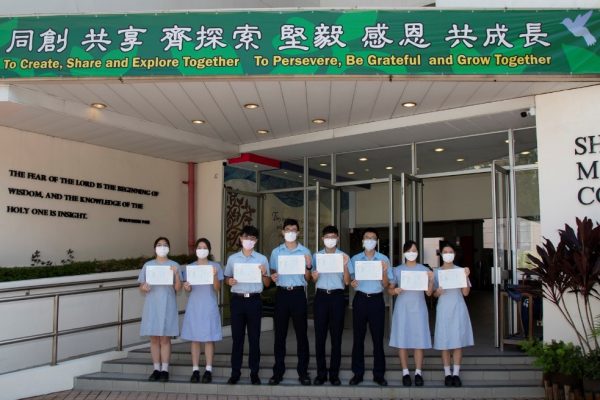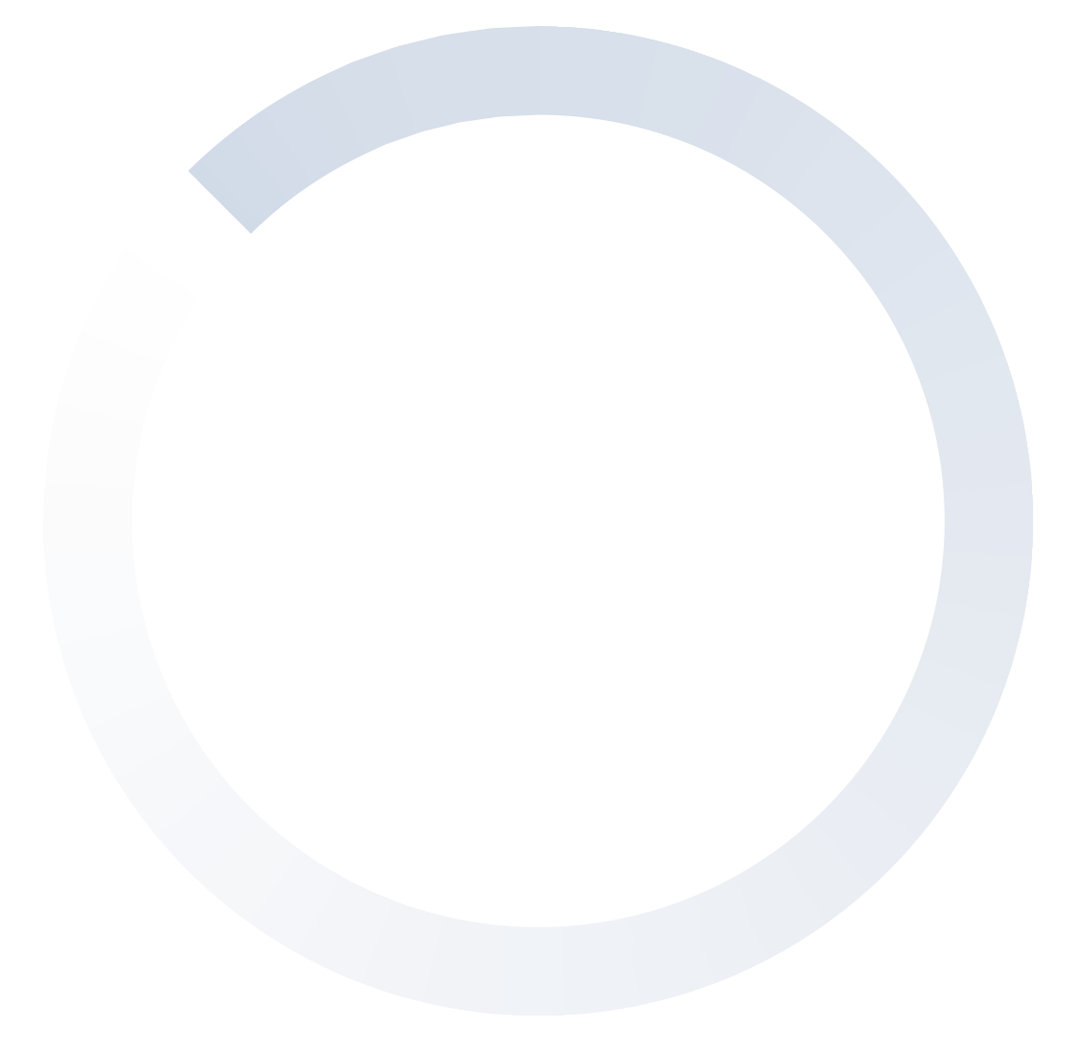Assessment should be able to reflect what students have achieved, and how they may progress further. Quality feedback should also be provided to facilitate metacognition, self- and peer assessment, and develop learner’ competency to transfer their learning to new settings.
- As seen from the Annual School Plan, STMC teachers are encouraged to give quality feedback which should be Informative in nature (To clearly identify areas of strengths and weaknesses, and point out how to make improvement explicitly) & Positive and constructive (To enhance students’ motivation, e.g. highlighting areas where they have shown improvement and specifying or implying a better way to accomplish what they have not yet achieved )
- In addition to the usual emphasis on tests and examinations, STMC also makes focus on formative assessment, placing more emphasis on providing immediate feedback to students, and promoting student engagement in assessing their own learning.
- For assessment, STMC has always encouraged teachers to adopt “Assessment as Learning”, in addition to “Assessment for Learning”, to foster students’ independent learning capabilities.
- During these two years of Covid-19, eAssessment becomes a more common phenomenon at STMC. e-Assessment facilitates assessment for Learning.
STMC Summative Assessment Policy- Uniform Test and Examinations
1. Aims:
- Let students apply what they have learnt in the lessons.
- Grasp students’ learning progress and difficulties so as to adjust teaching schedule and methods.
- Develop students’ time-management and self-learning attitude.
- Differentiate students of different ability so as to stretch or follow up.
2. Types and number of tests and exams:
- There will be 1 Uniform Term Test (in early November) and 2 Examinations (1st Examination in January & Final Examination in June) in a year for all Forms except F.6.
- For F.6, there will be 1 Uniform Term Test and 1 Mock examination in the year.
Formative assessment policy
1. Aims:
- A fairer and more accurate assessment of students learning throughout the year.
- Raise the motivation to learn.
- Enable students to self-regulate learning pace and establish habits of revision.
- Enable students to provide timely feedback of students learning.
2. Types of Items and weighting of continuous assessment
The items can be:
- Pre-study.
- Performance during the lessons (e.g. discussion, raising and answering questions and engagement).
- Performance in Homework and Projects.
- Dictations and quizzes.
3. Formative assessment as Daily marks:
The ratio of daily marks in 1st Term and 2nd Term is as follows:
| Subjects |
First Term Ratio |
Second Term Ratio |
| Subjects with formal Uniform Tests and Exams |
15% |
25% |
| Subjects without formal Uniform Tests and Exams (such as RME, STEM, Visual Arts, and PE) |
100% |
100% |
Students’ Report Card and Student Learning Profile
- As early as 2001, the school took initiative to replace the traditional Student Report Card with Student Profile as a record of student performance in all aspects. Not only the “academic attainment”, students’ performance in the “Extra-curricular activities “, “Extensive reading”, and “Project learning” are also recorded separately.
- Furthermore, the assessment on “Conduct” is based on 9 attributes in 3 aspects:
3 aspects
Personality; Abilities; Attitude
9 attributes
Honesty; Self-discipline; Courtesy; Thinking; Interpersonal relationships; Leadership; Learning attitude; Willingness to serve Initiative
- To fully understand the development of students and act as a useful reference for future career development, the school keeps a Student Learning Profile for each student as a systematic record of students’ academic and non-academic achievement in their secondary school life.




